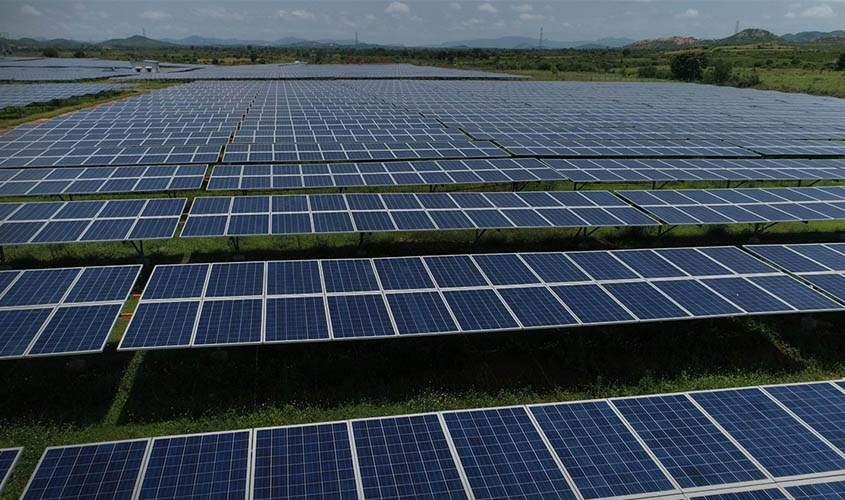NEW DELHI: With the government putting in major thrust on solar energy, coupled with its huge local market and strong manufacturing capabilities, India is poised to become a global leader for solar energy products and in innovations in solar technology.
According to a market report of GOGLA, India is the single-largest market by volume in the world for the distributed standalone solar products sector, with 33% of sales (in terms of numbers) in the first half of 2018.
As per the report, 13.3 lakh products were sold in India out of the total 36.6 lakh products worldwide between January and June 2018. In terms of revenue, the value of sale was $30 million in India, while it was $219 million globally. As per estimates, the global market of these products will be of $8 billion in 2022. GOGLA is the global association of the off-grid solar energy (where generation and consumption happen at the same place) industry and is an official partner of the International Solar Alliance (ISA), an initiative of Prime Minister Narendra Modi, with headquarters in India. Speaking to The Sunday Guardian, GOGLA spokesperson Viraj Gada said there is a strong demand for solar products in rural areas of the country, like solar lamps, fans, television, radio, chakkis (mills), sewing machines and solar-powered agricultural equipment like pumps and thrashers. “Now people want solar refrigerators, looms and even photocopier machines so that they can use them for business activities,” he said.
Gada said India Distributed Energy Forum & Expo (IDEF) is being organised in the capital next week (30-31 January) to explore the future role of these solar products in complementing the Centre’s efforts of providing universal energy access to all the citizens. The event is being organised by GOGLA along with Lighting Asia/India programme of International Finance Corporation (IFC) and Ashden India Collective.
He said with the Indian market expanding, there are issues related to quality of products which will be discussed during the conclave. “There is an International Electro-technical Committee (IEC), which sets standards of solar products. The standards prescribed by the Bureau of Indian Standards (BIS) are not fully aligned with that of IFCs. There is need to make Indian products up to the global standards,” he pointed out. IFC spokesperson Anjali Garg said the Lighting Asia programme was aimed at ensuring access to high quality solar products at the ground level. “As per a study, women and children are hugely benefited from the project. With power made available in project villages, students are getting at least one hour of additional time for studies,” she said. “The study, the snake bite cases also came down significantly because of the increasing use of solar lamps by the villagers at night,” she added. According to her, with the expanding market size, both small and big firms are manufacturing and distributing solar products. Gada said the increasing demand is driven by mid-income populations in grid-connected areas, but with unreliable electricity. “Electrification is leading to increased demand. Most of the consumers are in remote and unelectrified areas. Then there are mobiles’ charging needs,” he added. The Indian market is made up of two distinct components— private player-driven market (enterprises developing consumer-led business models) and government-driven market (subsidy programmes and driving economies of scale). The private player-driven market, which is presently estimated to be worth $ 105 million, is likely to grow three times to reach up to $ 327 million in five years.
Most of the future sales are estimated to come from solar lanterns with additional services (like mobile charging, radio etc.) and solar home systems. In terms of the government-driven market, the solar pumping segment received a fillip in March 2018 with the announcement of KUSUM scheme wherein a key component is to set up 1.75 million off-grid solar pumps by 2022, about 10 times the number of current pumps installed.

